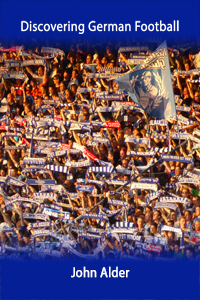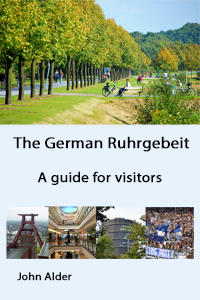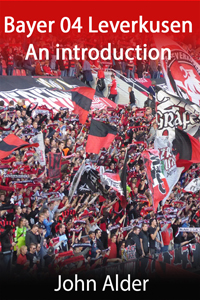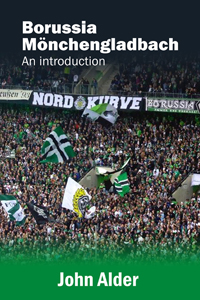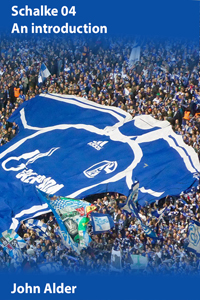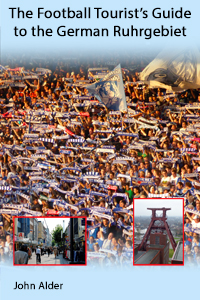Passion, pride and tradition
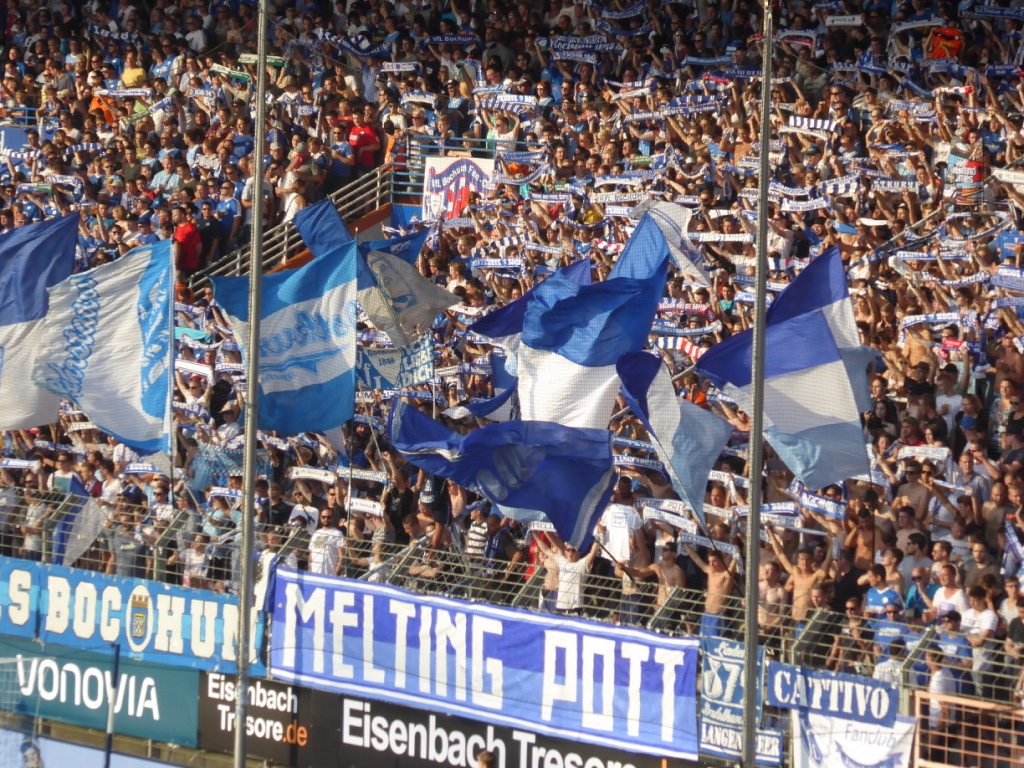
VfL Bochum is by no means the most successful or the biggest football club in Germany, and at the moment it’s not even in the top division. But if you want to see football played and watched with passion, pride and commitment this is the club for you.
Tickets
Apart from local derbies, games at the Vonovia Ruhrstadion are rarely sold out, so you can probably get a ticket on the day. If, like me, you like to plan ahead, use the Online Ticket Shop. You can choose and pay for your seat and even print out your ticket before you leave home. You can also get a ticket at the tourist information office at Huestraße 9. There will definitely be someone there who can speak English and who can advise you on where best to sit.
Another advantage of getting a ticket ahead of the game is that your ticket entitles you to free travel on public transport to and from the ground.
Getting to Bochum
Bochum is right in the middle of a collection of towns and cities called the Ruhrgebiet and it’s very easy to get here from outside Germany.
Flights
If you are coming over for a short visit, flying is the best option, and you can usually get a return flight for about £100.
Düsseldorf Airport
There are flights here from Birmingham, London Stanstead, London Heathrow, London Gatwick, Manchester, Cardiff, Glasgow and Newcastle. The airport has a station where you can catch a train to Duisburg. The journey will take ten minutes.
Cologne Bonn Airport
There are flights here from London Heathrow, London Stanstead, Manchester and Edinburgh and a station right in the middle of the airport. There are direct trains to Duisburg and the journey will take about 80 minutes.
If you are not in a hurry
A more leisurely way to get here would be by train – take the Eurostar from London St Pancras to Brussels, change there for Cologne and then continue to Duisburg. This costs about £150.
If you are not in a hurry, National Express will take you from London to the region by bus for about £40 return. But be prepared for a very long journey!
Travelling in the region
Bochum belongs to an integrated public transport system managed by an organisation called VRR. You can use VRR tickets on any regional and local train, tram, underground and bus across the entire network. The VRR website explains in English how it all works.
And remember – on match days your ticket entitles you to free travel to and from the ground across the entire region.
Getting to the ground
Getting there could not be simpler. From Bochum central station you take an underground train (U308) to the stop called Vonovia Ruhrstadion. The stadium is across the road. It is worth getting there well before kickoff. The area around the ground is usually teeming with fans well before it opens, meeting friends, eating sausage or drinking beer.
Inside the Vonovia Ruhrstadion
The 30,000 seater Vonovia Ruhrstadion is designed so that spectators are as close as possible to the action and no seat is more than 30 metres from the pitch.
German clubs are really good at is creating a sense of occasion – and at Bochum they do it superbly. The music on the PA system, the songs, the display of flags and scarves all ratchet up the emotions. By the time the teams came out you will be able to feel the atmosphere.
The lower section of the Ostkurve is standing only. Fans go there as soon as the gates open to put up flags and banners, and they will sing, chant and cheer for the whole match.
Look out for images of miners and pitheads around the ground and on scarves and banners celebrating the town’s history. You might also see the odd Bayern München scarf. That’s because, unlike most German clubs, Bochum enjoys good relations with the Bavarian side. You might well also see a few Leicester City scarves, as there are growing links between the two sets of fans.
After the game
If you plan to spend some time getting to know Bochum, there’s plenty to do here before and after the game. Here are a few suggestions:
1. Go to the German Mining Museum (Das Deutsche Bergbaumuseum):
This museum, built on the site of a former mine, tells the story of mining from its beginnings to the present, looking at economic, social and cultural aspects of this key industry. It gets 400,000 visitors a year, making it one of the most visited museums in Germany and it is recognised all over the world.
You will see original machines and tools, models and displays, but the best attraction is a 2.5-kilometre tour of a mine shaft – 15 to 20 meters below the surface. The winding tower above the museum comes from a pit called Zeche Germania in Dortmund. You can go to the top and see from a height of 60 meters a superb view of Bochum and its surroundings
It will cost you a mere 6.50 euros to get in. The museum, which is closed on Mondays, is within easy reach of the town centre. It’s 18 minutes away on foot and three minutes away by U-Bahn (U35 towards Herne Schloß Strünkede – get off at Deutsches Bergbau-Museum).
2. Take a walk through the City Centre
The city centre was completely rebuilt after the war. It is modern, pedestrian-friendly and has every shop you could imagine.
Look out for the Bermuda3Eck (Bermuda Triangle), a collection of bars, restaurants and clubs not far from the station. In the summer, they put tables and chairs outside, and it becomes the largest open air bar in Germany.
3. Tour the brewery
VfL Bochum are sponsored by a local brewery called Fiege. They do guided tours every Tuesday, Wednesday and Thursday evening. Tours start at 6.30 and end, of course, with a few beers.
Other posts you might find interesting
- Books to help you make the most of your German football trip.
- The German Ruhrgebiet: Perfect destination for the football traveller.
- Getting there: Travel in Germany.
